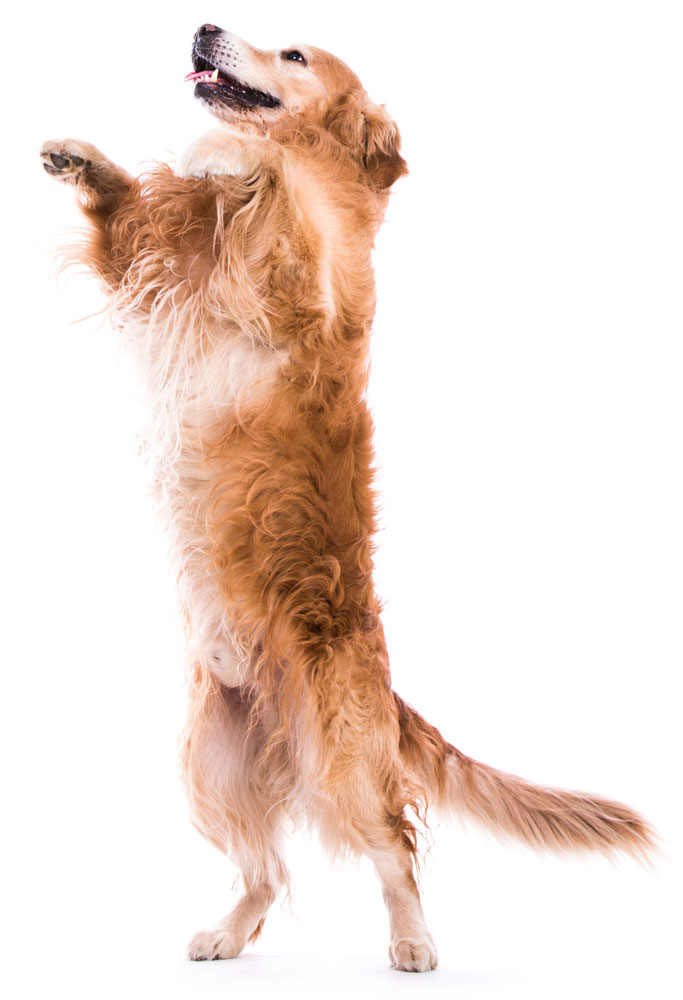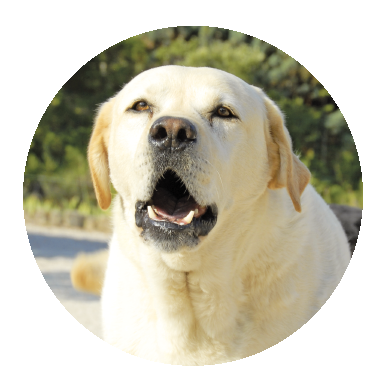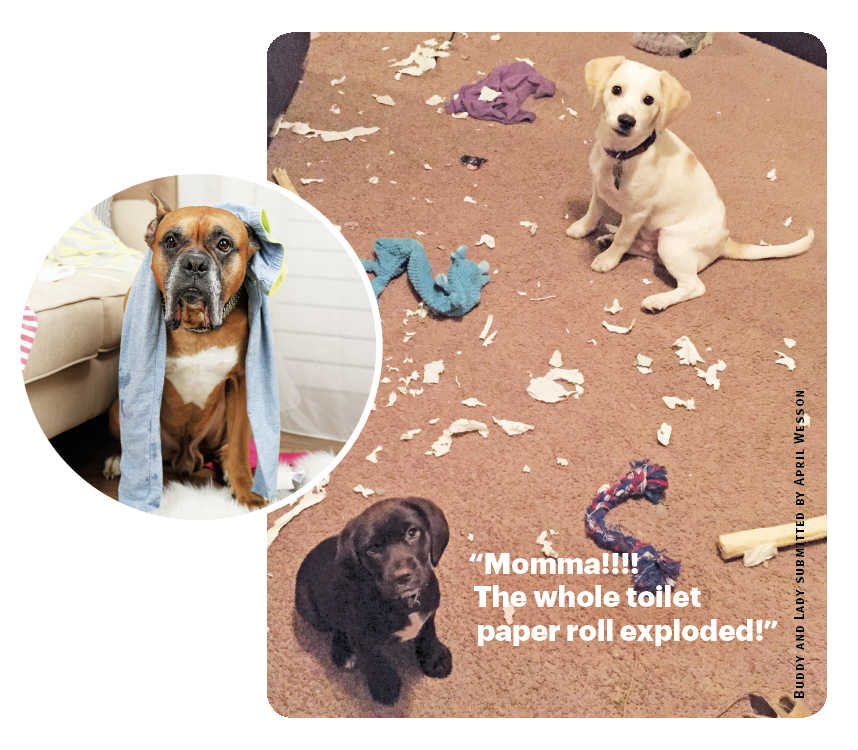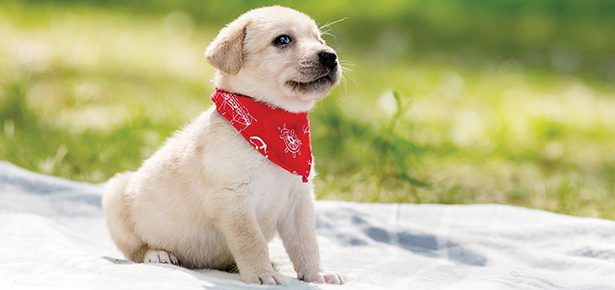

How to Stop your Dog’s Attention-Seeking Behaviours
What to do when you dog gets a little naughty
Let’s assess this situation. You recently rescued an adorable Lab mix from your local shelter. You decide to call him Spud. Spud is goofy, energetic, and lovable. People stop you on the street to comment on how ruggedly handsome he is. You soak it all in, feeling fabulous when you tell them Spud is a rescue dog.
The first few days pass in a blur of “getting to know Spud,” and then reality sets in. As much as you’d like to spend every waking minute with him, there are errands to run, a social life to attend to, and a career to get back to.
Spud goes from seeing you every minute of every day to catching sporadic glimpses of you throughout the day. He begins to bark incessantly, jumps on you for attention, and chews on expensive, sometimes irreplaceable, things. Your frustration mounts, and where at first spending time with Spud was a joy, it now makes your stomach twist in knots. You begin to wonder what you’ve gotten yourself into and, chances are, you’re even contemplating finding Spud a new home.
Hold up. Take a breath, and step away from any rash decisions.
Sometimes all it takes to fix a problem is to determine the root cause of a dog’s anxious behaviour. We’re here to help you do that. We’ve compiled a list of the three most common attention-seeking behaviours dogs exhibit, along with ways to combat them.

Reasons dogs jump: To greet you, to show excitement, to issue a challenge, or because this behaviour was “rewarded” in the past.
What NOT to do: Don't punish your dog by yelling at him, kneeing him in the chest, squirting him with water, or yanking on his collar. These responses still constitute a reward—he sought and got your attention (negative attention is still attention) and do not fix the problem.
Right inset photo by tan4ikk/bigstock.com
How to fix it:
- Ignore him when he jumps on you. A simple way to do this is by turning your back on him. Acknowledge him only when he has all four paws on the ground, in a stand or sit position. Reward him instantly with affection or a high value treat.
- Keep your voice low to keep him calm, and make sure to offer the treat at his level so he can take it easily.
- Be consistent. Soon your dog will understand that sitting or waiting patiently gets him what he wants: your attention.
- Encourage friends and family to practice doing the same. If this proves difficult, tether your dog to the sofa. Your guests can interact with him when he has all paws on the ground, and move away when he attempts to jump on them.

Reasons Dogs Bark: To communicate, to alert you to strangers, to express boredom, stress or fear, or because he has learnt that barking gets him what he wants.
What NOT to do: Respond to his demands (e.g.: picking up the toy he’s dropped at your feet and throwing it), yelling at him to be quiet without giving him something else to focus on, or punishing him.
Right inset photo by cynoclub/bigstock.com
How to fix it:
- Pay attention to your dog’s body language when barking. Each bark expresses a different need or want. Identifying what is causing your dog to bark can help you decide how best to respond.
- Demand barking: If your dog barks at you, ignore him until he becomes quiet and then reward him instantly with praise, treats, and affection. Make sure to repeat this until he “gets” the message that barking does not get him your attention; being calm does.
- Alert barking: If your dog barks to alert you of a passing stranger or someone at the door, training him to “be quiet” comes in handy. Allow your dog to bark a couple times, then approach him and command him firmly to “be quiet.” Prompt him to silence by feeding him a steady stream of treats such as chicken or hot dogs. Repeat this as many times as needed until he gets the meaning of “quiet.” The next step is to increase the time between commanding him to “be quiet” and treating him. Start with two seconds, then five, ten, and so on. You can alternate his rewards (between treats, try affection or a quick game of throw) once he’s well-versed with what you’re asking of him.
- Stress barking: If your dog barks and lunges at people or dogs when out, distract him by putting distance between him and the object of his reactivity. This might mean switching routes or crossing the street and keeping at least ten feet between him and the object/person. Then distract him with special treats like chicken or cheese. A riled up dog is not likely to notice the treats you put in front of him, so it’s best to remove him from the situation and then treat him when calm.
Special Note: There are many ways to manage a dog’s barking. If a particular method isn’t working, try different methods to find one that fits or enlist the help of a professional trainer.

Reasons dogs engage in destructive chewing:
Excess energy, as part of normal play, or as a result of boredom or separation anxiety.
What NOT to do: Never punish your dog. Unless you’re able to catch him in the act and redirect him, your dog will not understand why you’re angry.
Circle inset photo by Yastremska/bigstock.com
How to fix it:
- A tired dog is a happy dog. Provide your dog with exercise and enrichment. He will be more likely to rest up once he’s expended his energy.
- Limit his access to valuable items and provide him with things he can chew, like tasty Kongs, chew toys, or Nylabones.
- Praise him when he engages in good behaviour and redirect him when you catch him “in the act.” This can be as simple as prompting him to drop the remote in exchange for a rope toy, and praising him when he takes it. Never grab the remote from him without giving him alternate options. Your dog will learn that every time he approaches you with his find, it gets taken away, and this can lead him to hoard his finds in a place away from your supervision.
- Another common mistake pup parents make is to be inconsistent. You might think it is adorable to give Spud a toilet roll or scrap piece of paper to tear into because it is cute to watch, but when Spud gets his paws on your kid’s homework or an item he’s not supposed to rip up, he’s not going to know the difference. In Spud’s mind, he’s been rewarded for tearing up things in the past and therefore it must be allowed. It is important to teach Spud that human items are a no-go zone but not to worry, there are plenty of fun dog items he can go crazy with!
- Separation anxiety can manifest in many ways, including destruction of property. Practice leaving your dog for short absences and build up to longer periods of time. Ensure that he is getting plenty of exercise before you leave him, and provide him with food-stuffed Kongs or puzzle toys to get busy with in your absence. Check out Modern Dog's favourite treat and puzzle toys that will keep your dog occupied while you're out of the house.
There are many behaviours dogs exhibit that can be flabbergasting to us. Most of them, however, can be fixed with patience, consistency, effort, and understanding. It is important to remember that shelter dogs sometimes come with no previous training or structure or may have never received affection from humans. Throwing in the towel is easy to do, but investing the necessary time into training your dog will provide you with a lifelong best friend and partner. It’s well worth the effort if you ask us.
Join the newsletter and never miss out on dog content again!
"*" indicates required fields
By clicking the arrow, you agree to our web Terms of Use and Privacy & Cookie Policy. Easy unsubscribe links are provided in every email.





